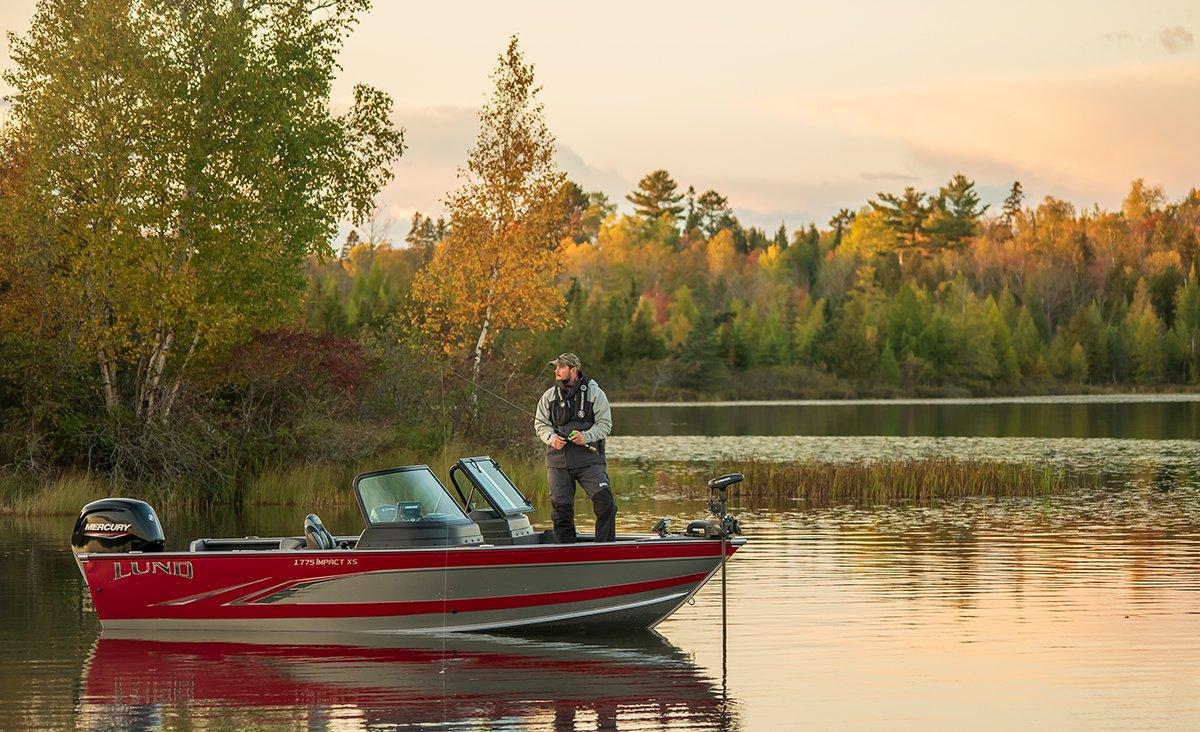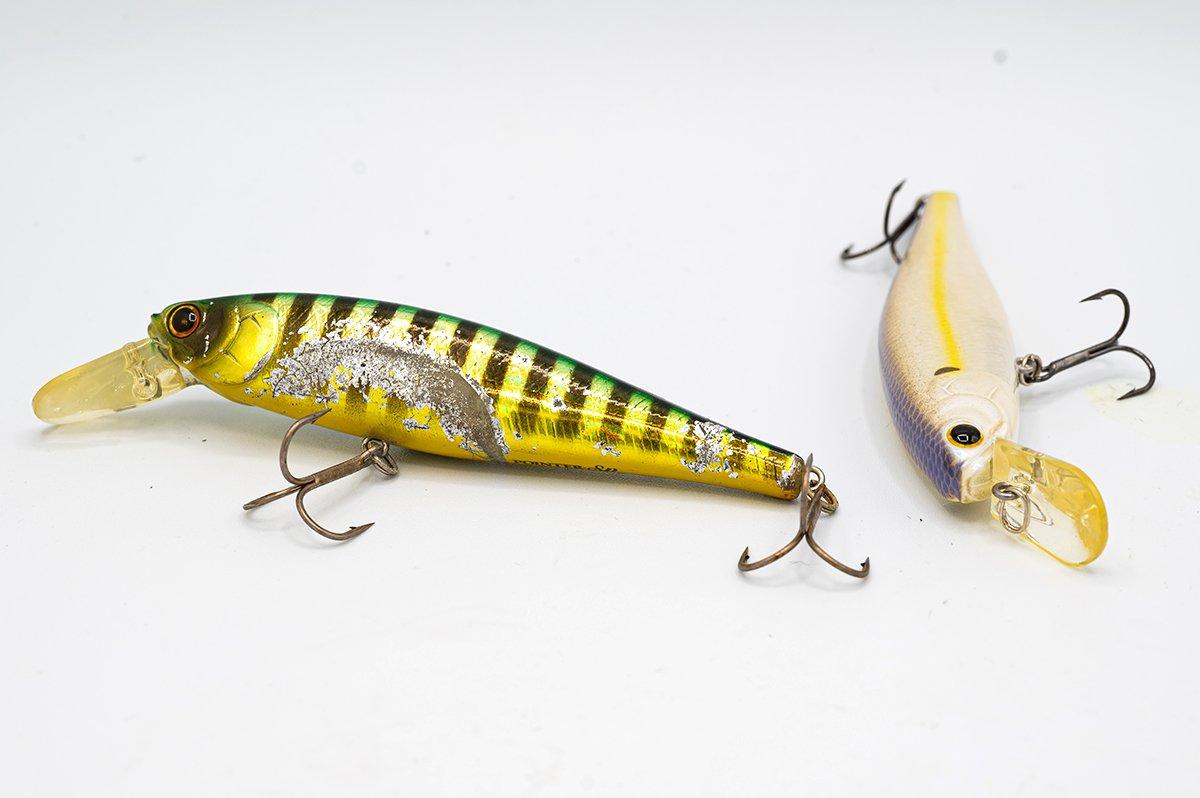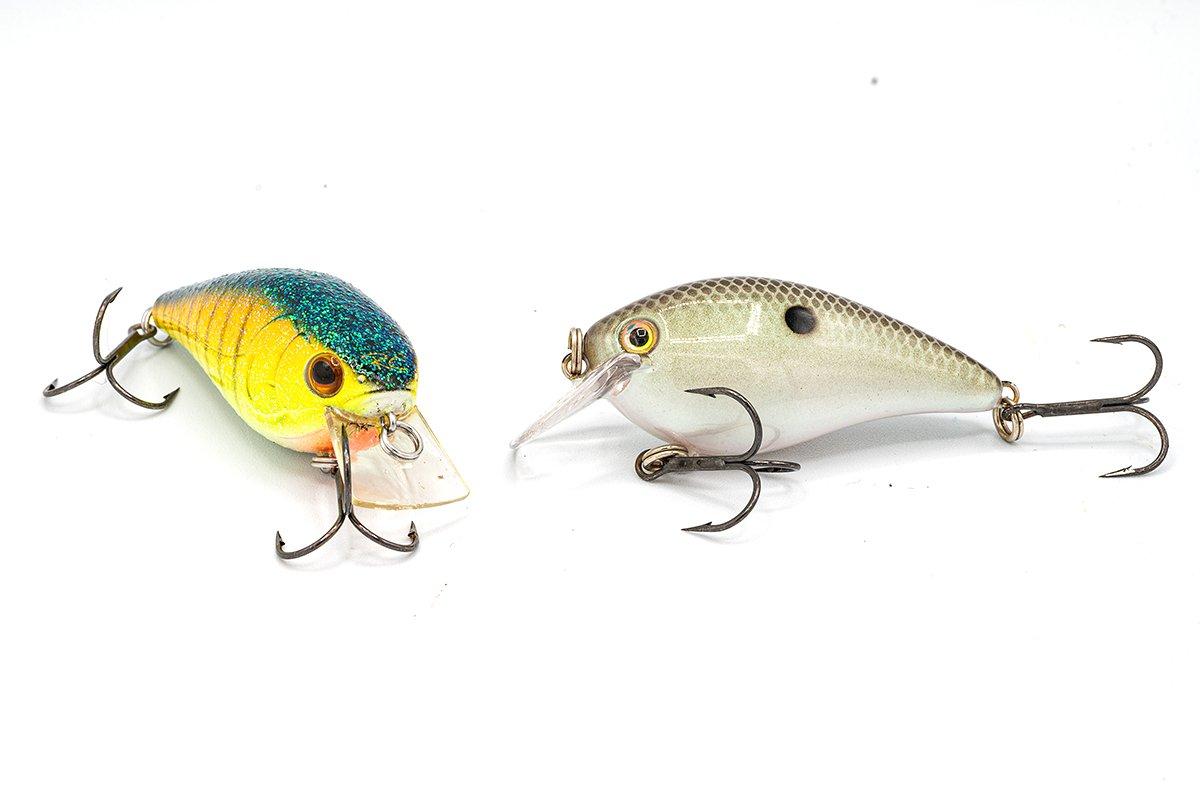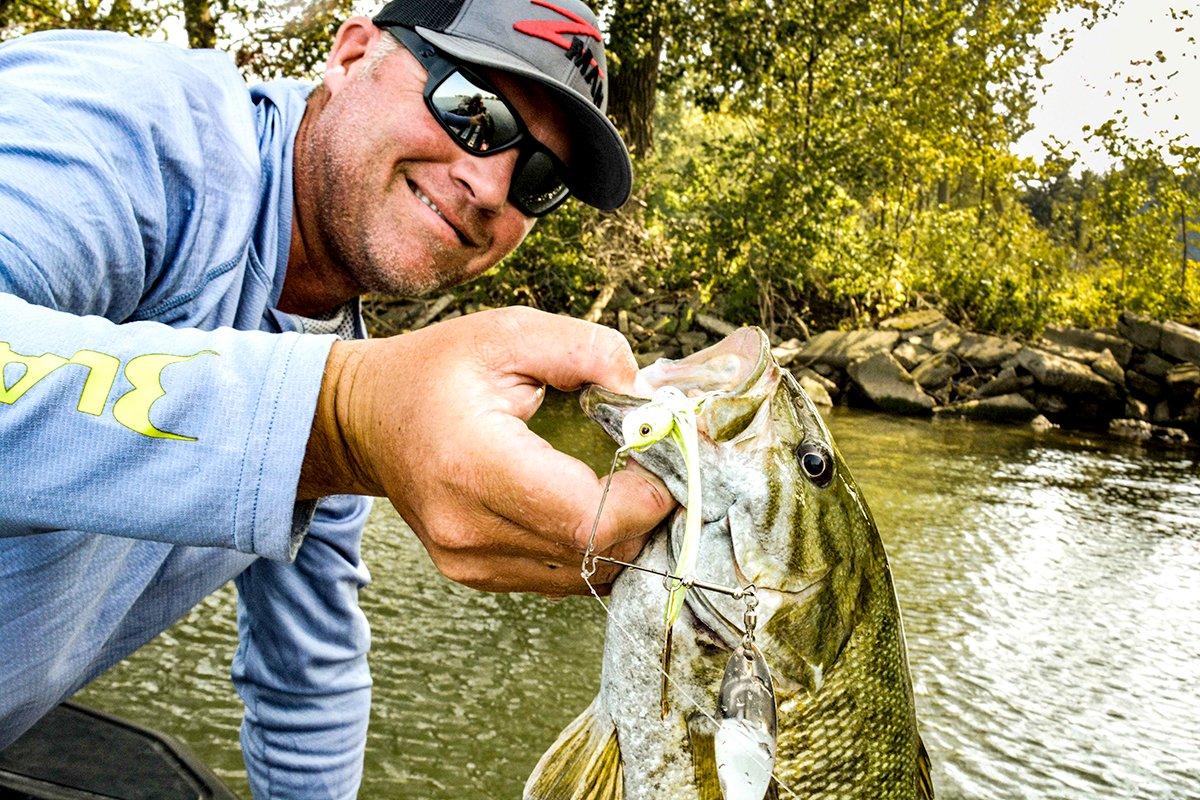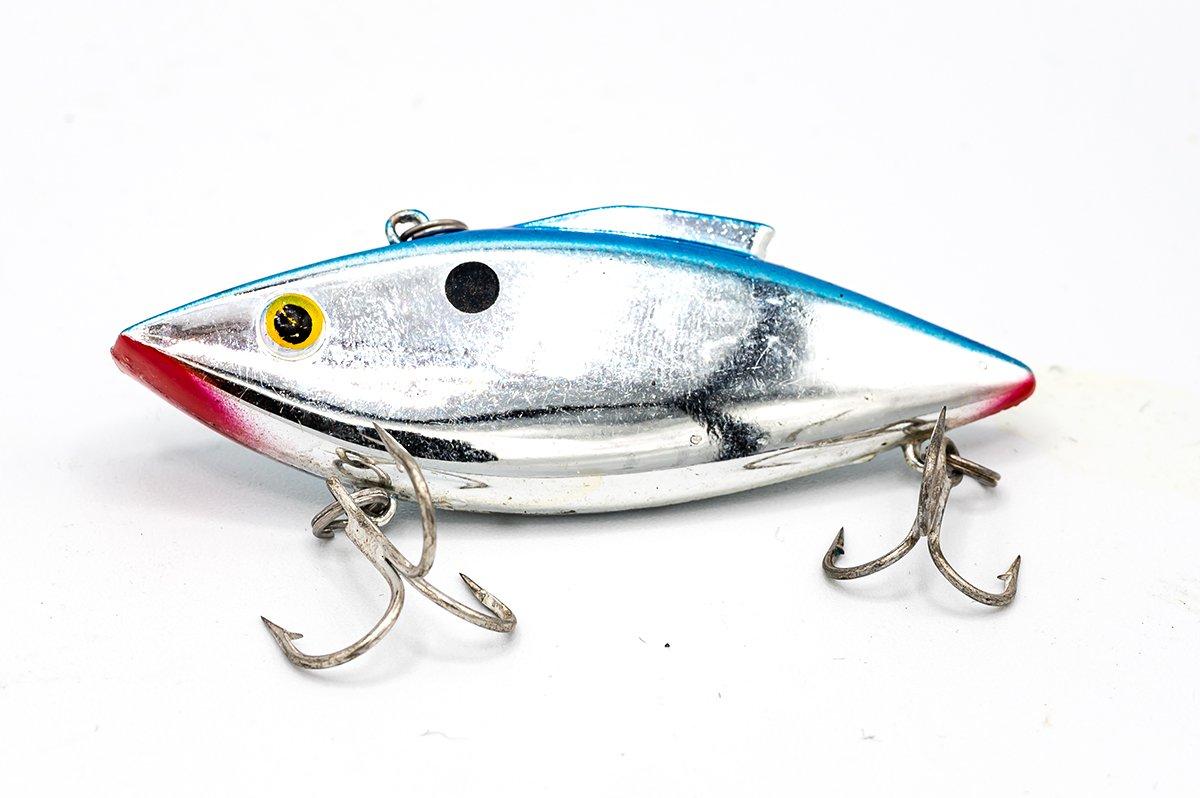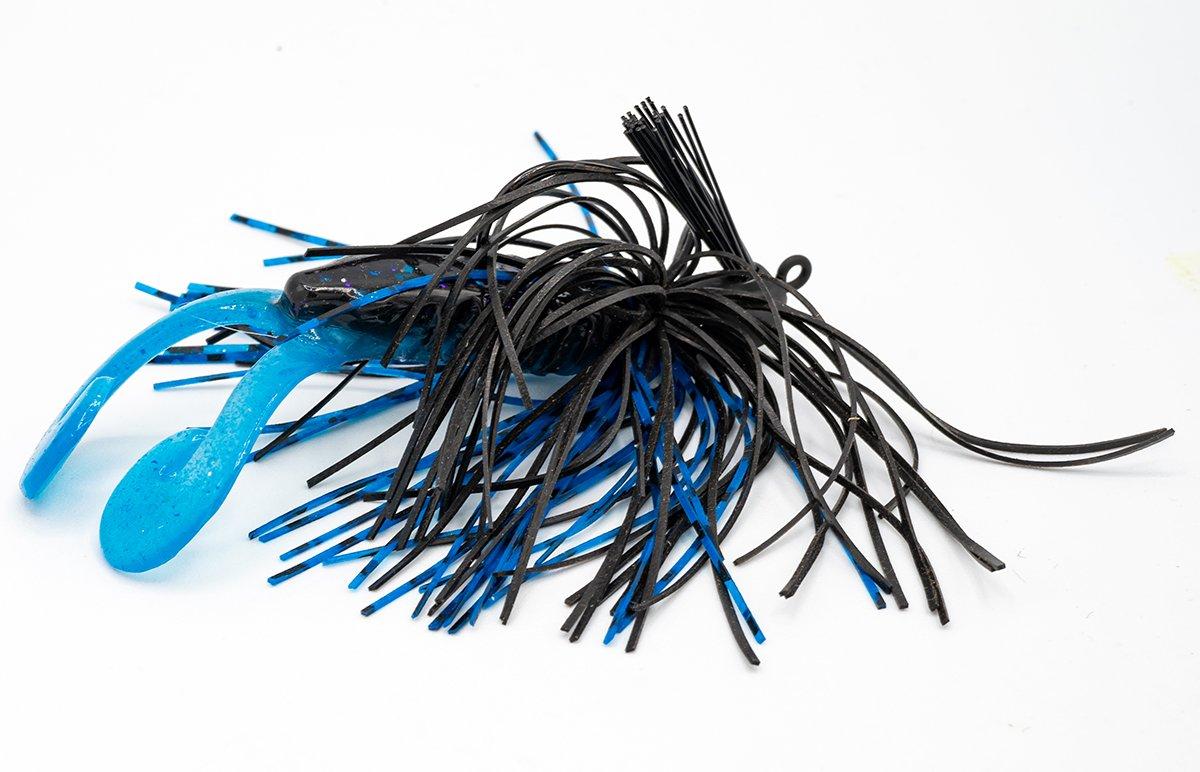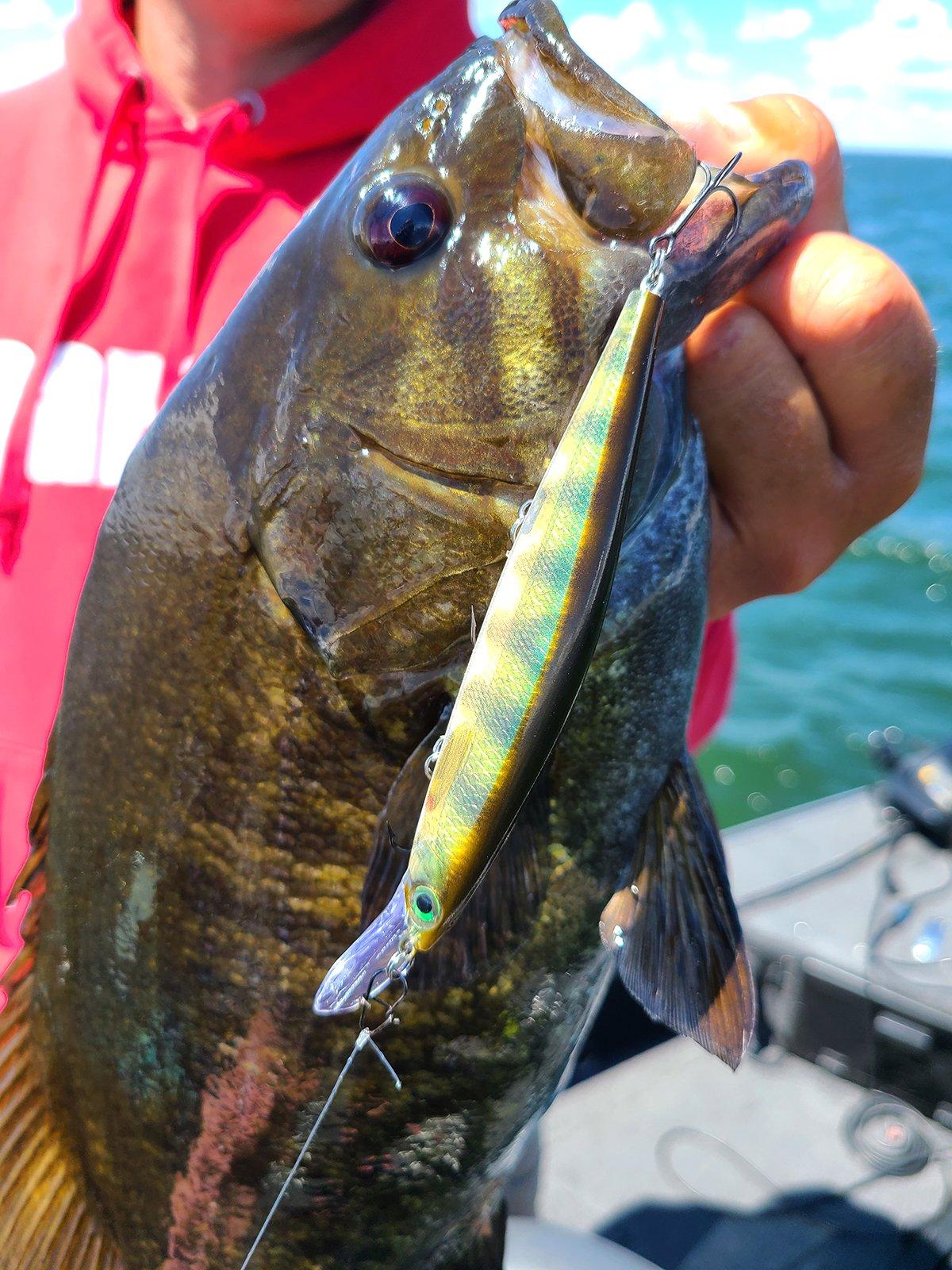Dropping temperatures signal the best action of the year
With the crisp fall air comes a feeling of renewal for outdoor enthusiasts. Fishing picks up, hunting season is upon us, and temperatures are perfect for a midday hike or mountain-bike ride. At times, there's too much to do. Like many folks, I've always wished October was a hundred days long.
Routinely, my pick becomes bass fishing. Fall presents an unparalleled shot at a banner day and the fish of a lifetime. Southern bass are finally feeding as their Northern counterparts go bonkers prepping for winter.
Bass move shallow and collide with anglers tossing fast-moving baits, producing some of the best action of the year. Let's dig in to learn more.
Reservoir Migrations
I've said it before: Catching fish on the move is always a best-case scenario. As waters cool, bass travel shallow to feed, presenting an opportunity at hungry, unmolested fish. But why? In most cases, predator movement coincides with baitfish migrations. Throughout many areas of the South and West, threadfin shad are the main forage fish. As waters cool in main-lake areas, shad retreat to skinny water where the afternoon sun warms the shallows. There, the shad's forage, plankton, is still cycling, and the warmer daytime temps allow for greater activity.
Bass know the drill. First setting up on main-lake points, they'll migrate toward the shallows along with shad, stopping at likely ambush spots. Largemouth and spotted bass will mix in the mid-depths. Later in fall, largemouths continue to migrate to the shallowest areas in search of food, and spotted bass remain on secondary points and deeper creek sections.
Let's clear up some terminology. A main-lake point is just that: the last major point of land where a creek empties into a lake or reservoir. Hop back in the creek, and you begin to see secondary points throughout. Bass hop along those points, too, as the transition in depth lets them use shallow and deep water, following fluctuating shad migrations with little effort.
As you begin your search for schools of bass following bait, it's important to remember what you're seeking. Gone is the notion that you must finesse bites from picky fish, as with summertime fishing. In fall, search for marauding schools that chow down anything in their path. In short, fish fast.
(Don't Miss: Research Names Walleye Most Midwestern Thing on Earth)
Lipless crankbaits rule the day, as they can be cast long distances and retrieved fast, and they cover various water depths. Stick to 15-pound fluorocarbon line and a long rod for casting distance. It's no use confusing things with color choices. A ½-ounce chrome-and-blue Rat-L-Trap catches more bass than all others lipless baits combined.
Topwater action can be terrific during fall, especially during midday, which is not usually associated with the technique. Walking-baits and poppers prevail, with bass usually showing a preference for one or the other. Again, think shad colors, and fish near visible cover or on long, shallow points, especially if schooling fish show themselves.
Tip: Locating schools of shad can often be as easy as looking around for surface disturbances at first light and midday, as those periods often bring bait to the surface. Pick creeks that have the most shad instead of other places that might look better.
As temperatures continue to drop, shad and bass will often move shallower than most anglers can comprehend catching fish. I vividly remember the first time I played the ultra-shallow game in the creeks of Old Hickory Lake in Tennessee (actually a reservoir). There, a Bassmaster Tournament brought 200 other anglers and me to a tough fishery, where catching a limit was an accomplishment. Those in the know had little trouble, though, excelling in waters barely deep enough to float a bass boat. I couldn't believe their catches. At the conclusion of the event, armed with the knowledge of what I had missed, I returned to the lake and became a shallow-water convert.
(Don't Miss: How to Catch a Mess of Catfish From the Bank)
Again, I can't overstate how shallow largemouth bass will go if baitfish are present. Use midday to get in areas others won't go, and keep an eye out for bait.
Largemouths set up on any visible piece of cover, including stumps, logs, culvert pipes, and boat docks. Select baits that can be fished precisely around shallow cover. Repeated casts are often necessary, as bass will see an onslaught of lures and a solid food supply most days. You'll need to trigger bites by deflecting lures off cover.
Big-bladed spinnerbaits are staples for this scenario, as are shallow square-billed crankbaits that deflect well and prevent snags. Topwater poppers work well, especially when soaked by a fishy-looking spot. When things get slow, switch to a weightless Senko or large plastic worm on a light Texas rig. Remember, if shad are present, you can never fish too shallow.
Tip: Upsize your line when fishing ultra-shallow water. Heavier line, such as 20-pound test, will keep your lures higher in the water column, allows a slower retrieve, and results in fewer hang-ups.
(Don't Miss: Slop Fishing Tactics for Giant Bass)
Northern Bronzebacks
What about Northern bass anglers and their beloved bronzebacks? Do smallmouth bass move shallow like their Southern cousins? Yes — sometimes.
Although Great Lakes anglers often talk of monster schools of deep-water fish, some bass move shallow in fall. Coinciding with the first fronts in August, shiners migrate much like shad in the South to shallow weedbeds in search of buffered temps. Yellow perch follow. Big smallmouths eat both.
In addition, autumn smallmouths in the natural lakes of the North often gorge on crawfish, which are usually found in shallow, rocky areas. Finding a small rock pile amongst a shallow, weedy flat can be a bonanza. Hazard buoys often give away a hot spot.
(Don't Miss: 3 Best Lures for Catching a 10-Pound Bass)
In those cases, look for isolated, clumpy stands of weeds rather than massive weedy bays. Clumpy weeds signal the presence of various bottom types, such as a gravel or rock mix, and lead to more forage options. Often, the best shallow smallmouth spots become visible if you use polarized glasses. The right stuff will appear as dark spots on an otherwise sandy bottom.
Finally, alewives can present a unique shallow-water forage option in the far North. These baitfish sometimes get on wind-blown shorelines in big schools. Though finding them can be hit or miss — alewife populations have decreased in many areas — when you locate them, it's often game on.
In all cases, you're again searching for a home run, and your fishing approach should match. Again, lipless crankbaits are productive. Smallmouths are suckers for jerkbaits, especially perch-colored models around shallow weeds. Spinnerbaits match alewives well, as do large swimbaits such as a 5-inch Basstrix.
(Don't Miss: How to Crappie Fish from the Bank)
In rocky areas, tube jigs always work, but a jig and trailer will up your game. Many anglers don't consider a rubber-skirted bass jig to be an effective smallmouth lure, but it's been one of my best trophy baits for decades. In fact, a jig-and-chunk produced my best New York smallie, a 7-plus-pound bruiser caught in Lake Chatauqua in November.
Tip: When fishing big swimbaits and jigs for fall smallmouths, switch to a baitcasting rod, but keep your line on the lighter side. Twelve-pound fluorocarbon works for both, as smallmouth are often a bit line-shy.
(Don't Miss: Best Lures for Crappie Fishing: Jigs vs. Minnows)
One Last Consideration
Finally, don't rule out shallow weedbed largemouths across the country. Although I primarily discussed reservoir fish around shallow wood cover, natural-lake largemouths will stay in grass beds throughout fall. As temperatures decrease and weedbeds begin to die, bass continue to move into whatever is left, often compressing entire populations into small areas. The result can make for fantastic fishing. I've seen this occur in the North in coontail beds, milfoil, cabbage (or pond weed), or even bullrush reeds and cattails (there, other grasses die first, pushing bass into the reeds).
This scenario calls for a pitching approach with a jig or plastic beaver-style bait, placing the lure precisely on the weed line. It's wildly fun when you find a school, often resulting in a many fish on consecutive casts. It's also a great time to experiment with new lures, because bass are so cooperative. Finding the hotspot is easy. After the weather turns for the worst, go to the big, weedy bays on your lake, and see what's left.
Rarely are bass more cooperative than during fall. With one thing on their minds and a compressed zone of forage, making contact is easy. Just remember to move fast and keep your eye on the prize. When you find them, you'll know.
(Don't Miss: Why You Suck at Throwing a Baitcaster)


